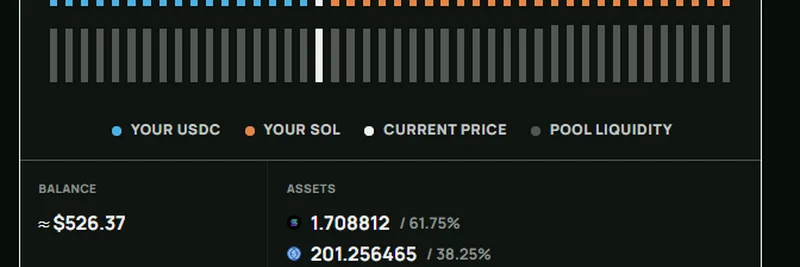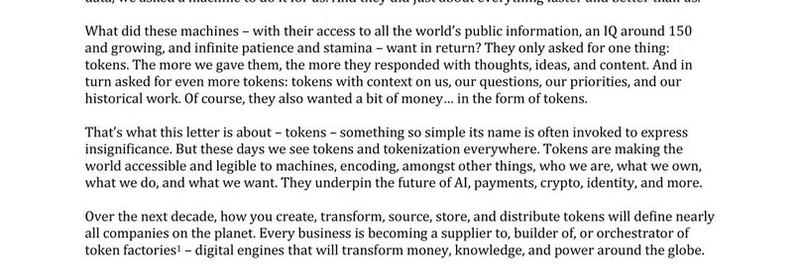In the fast-paced world of crypto, where every millisecond counts, a recent tweet from BSCN has sparked buzz across the community. They posed a provocative question: "IS RISE REALLY THE FASTEST L2?" Teasing a massive claim by @rise_chain, the post links to an in-depth article on bsc.news that dives into what could be a game-changer for Ethereum scaling. As someone who's covered the highs and lows of blockchain tech, I'm excited to break this down for you here at Meme Insider—especially how it ties into the wild world of meme tokens.
Let's start with the basics. Ethereum Layer 2 (L2) solutions are like express lanes built on top of the main Ethereum highway. They help handle more traffic—meaning transactions—without clogging up the base layer, which can get slow and expensive during peak times. Think of it as upgrading from a bicycle to a supersonic jet for your crypto trades. Current L2s like Arbitrum and Base are solid, but they top out at around 500-600 transactions per second (TPS). That's decent, but in a market where meme tokens can explode overnight, speed is everything.
Enter Rise Chain, boldly claiming to shatter these limits with 5-millisecond latency— that's basically instant confirmation—and over 100,000 TPS. To put that in perspective, it's like comparing a dial-up internet connection to fiber-optic broadband. Their testnet reportedly handled 1 billion transactions, including a whopping 50,000 in a single one-second block. If these numbers hold up, Rise could enable real-time applications like high-frequency trading or immersive gaming on blockchain, areas where meme communities thrive with viral drops and quick flips.
What makes Rise tick? It's built on Rust-based tech called Reth SDK, with some clever innovations under the hood. Their parallel EVM (pEVM) speeds up execution by processing transactions simultaneously, kind of like multitasking on steroids. Then there's the Continuous Block Pipeline, which keeps things flowing without wasted time, and optimized storage that cuts down on unnecessary data shuffling. They even use advanced networking protocols like QUIC for faster connections. Importantly, Rise stays true to Ethereum's roots by being fully EVM-compatible, so devs can deploy their smart contracts without rewriting code. And for decentralization fans, it uses Ethereum validators to avoid single points of failure.
Now, you're probably wondering: what's in it for meme tokens? Meme coins live and die by hype and liquidity. On slower networks, gas fees spike, and trades lag, killing the momentum. A super-fast L2 like Rise could make Ethereum the go-to for meme launches again, rivaling speed demons like Solana. Imagine snagging the next viral cat token without waiting minutes for confirmation. Plus, Rise has an ongoing airdrop farming program, which is crypto speak for earning potential tokens by participating early. While details on tokenomics are light so far—no specifics on supply or utility mentioned—this could be a golden opportunity for meme hunters to farm rewards and build positions.
The project isn't without questions. There's a small discrepancy in their docs: one site says 5ms latency, another 10ms. And transitioning to zero-knowledge proofs (zkEVM) down the line depends on emerging hardware. But with $3.2 million in backing from heavyweights like Ethereum's Vitalik Buterin and Polygon's Sandeep Nailwal, Rise has serious cred.
If you're into meme tokens or just want to stay ahead in blockchain, keep an eye on Rise Chain. Head over to their official site or follow @rise_chain for updates. Who knows—this could be the L2 that brings Ethereum back to the meme throne. What do you think? Is Rise the real deal, or just hype? Drop your thoughts in the comments below!



